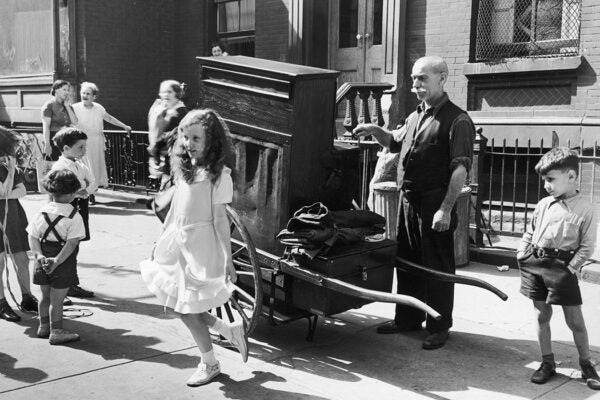Privileged forms of transnational mobility have taken gentrification around the world. Higher-income lifestyle migrants and tourists have led to a globalization of rent gaps, transforming urban spaces in lower-income countries as they dispossess locals and create segregated enclaves bobbing like islands in a sea of inequality.
Gentrification is usually discussed as a US urban phenomenon, which sees the transformation of a historically disinvested neighborhood, usually populated by people of color, by new real estate investment and an influx of higher income residents, usually white. The neighborhood is “renovated” and “upgraded,” as historic houses, factories, and warehouses are refurbished and “luxury” apartment buildings rise. Services demanded by new residents—trendy restaurants and boutiques, lattes and Pilates— contribute to the literal pricing out of lower-income residents, who can no longer afford to live in what have been their homes and ’hood for generations.
Gentrification is a social-political-economic form of ethnic cleansing, less violent certainly than that of wartime but just as effective in terms of demographic change. In the US, the process is inseparably linked to the historic reasons such areas become targeted for transformation in the first place. These were precisely the neighborhoods formed by the post-World War II subsiding of white suburbanization at the expense of black and brown urbanites. White flight, defunding, deindustrialization, redlining by banks and Realtors, and “urban renewal” worked to create, maintain, and contain such places in the second half of the twentieth century. The more recent foreclosure crisis, fueled by unregulated predatory lenders, made these zones ripe for class/race transformation, particularly as high urban costs squeezed even the upper middle class.
While American gentrification has its roots in the American form of racial apartheid, transnational gentrification’s inheritance comes from “histories of asymmetrical relations of accumulation and exploitation” such as colonialism and neocolonialism, write scholars Matthew Hayes and Hila Zaban. Put another way, without disappearing in the places of origin, gentrification has also been transported from the Global North to the Global South, powered by the neoliberal financialization of practically everything. An analysis of “transnational gentrification,” as Hayes and Zaban call it, makes visible exactly what these neoliberalizing processes allow:
relatively privileged citizens of higher-income countries [are able] to appropriate urban space and participate in the displacement of lower-income groups, spatialising global inequalities at the local scale in more direct ways than theretofore—ways that are also resisted, resented, shaped and transformed by local forces and movements.
Although the super elite also play a role in this transnational phenomenon, Hayes and Zaban concentrate on middle-class gentrifiers; there are a lot more of them than One Percenters.
“A small condo in Vancouver sold at the high-end of the boom can be exchanged for a huge home and luxurious lifestyle in Ecuador,” they note.
In the period immediately preceding the COVID crisis, “tourism entries and receipts […] steadily outpaced growth in the global economy, especially in North Africa and Southern Europe.” The number of tourists doubled between 2003 and 2018, an increase perhaps made all the easier by apps like Airbnb, which was founded in 2008 and quickly helped to destabilize local housing markets. (According to UN Tourism, international tourism has all but rebounded to pre-pandemic levels during 2024.)
Weekly Newsletter
Seville (Spain), San Miguel de Allende (Mexico), and Cluj-Napoca (Romania) are three examples of more peripheral cities “that have become integral parts of the worldwide urban fabric” via transnational gentrification, Hayes and Zaban write. One of Spain’s poorest cities, Seville has had its historic center transformed by the Northern European influx. American and European lifestyle immigrants to San Miguel have created new forms of residential/racial segregation. The Northern European “gig economy” workers who flock to the Romanian city of Cluj-Napoca to “actualizes lifestyle ideals of spatial autonomy and place independence” end up displacing Roma residents even as they celebrate their own mythology as “digital nomads.”
When richer income people migrate, they’re rarely called immigrants. Instead, they’re ex-pats, global nomads, or lifestyle retirees. It’s even rarer that they’re labeled an immigration problem, but what the authors call the “consumption of place” has definite costs.







